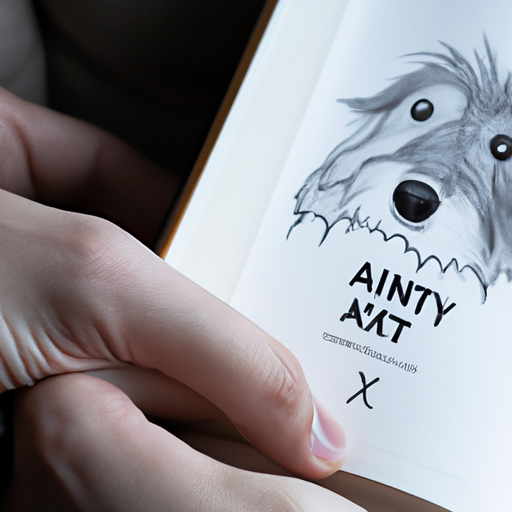Separation anxiety in dogs can be a serious issue. It can be heartbreaking to hear your furry friend in distress when you’re away. But don’t worry, you’re not alone in this. There are several steps you can take to help your dog feel more comfortable when you’re not around.
Understanding Separation Anxiety in Dogs
First, let’s understand what separation anxiety in dogs is. It’s a condition where a dog exhibits distress and behavior problems when separated from its attachment figure. This could be due to a variety of reasons like a change in routine, environment, or sudden absence of the owner.
Symptoms of separation anxiety in dogs include:
- Excessive barking or howling
- Destructive chewing
- Pacing and restlessness
- Urination or defecation in the house
Strategies to Manage Separation Anxiety
Now that you understand what separation anxiety is, let’s explore some strategies to manage it.
- Graduated Departures: Start by leaving your dog alone for brief periods and gradually increase the time. This helps your dog get used to your absence.
- Positive Associations: Create positive associations with your departure. For example, give them a treat or a new toy to play with when you leave.
- Training: Train your dog to be alone. Teach them to stay in a separate room while you’re home, gradually increasing the time.
- Professional Help: If the anxiety is severe, consider seeking help from a professional dog trainer or a veterinary behaviorist.
Tools to Help Manage Separation Anxiety
There are several tools available that can help manage your dog’s separation anxiety.
| Tool | Description |
|---|---|
| Anxiety wraps | These apply gentle, constant pressure to help your dog feel secure. |
| Pheromone diffusers | These mimic the natural calming pheromones that mother dogs emit to comfort their puppies. |
| Interactive toys | These keep your dog mentally stimulated and distracted. |
Other Measures to Consider
If the above strategies and tools do not seem to be helping, you may want to consider other measures.
- Medication: In some cases, medication may be necessary. Always consult with your vet before starting any medication.
- Daycare or Dog Walker: If your dog gets anxious when left alone, having a dog walker visit during the day or taking them to a daycare can help.
- Companion: Sometimes, getting another pet can help. However, this should not be the first solution you consider.
Frequently Asked Questions (FAQ)
-
Q: How long does it take to manage separation anxiety in dogs?
A: It varies depending on the dog. Some may respond quickly while others may take a few weeks or even months. -
Q: Can separation anxiety in dogs be cured?
A: While it can’t be ‘cured,’ it can be managed successfully with the right strategies. -
Q: Is separation anxiety harmful to my dog?
A: Yes, it can be. It can lead to distress and behavior issues. If left unaddressed, it can even lead to physical health problems. -
Q: What causes separation anxiety in dogs?
A: Various factors like changes in routine or environment, or the sudden absence of the owner can cause separation anxiety.
Remember, you’re not alone in this. With patience, love, and the right strategies, you can help your beloved furry friend manage their separation anxiety.



